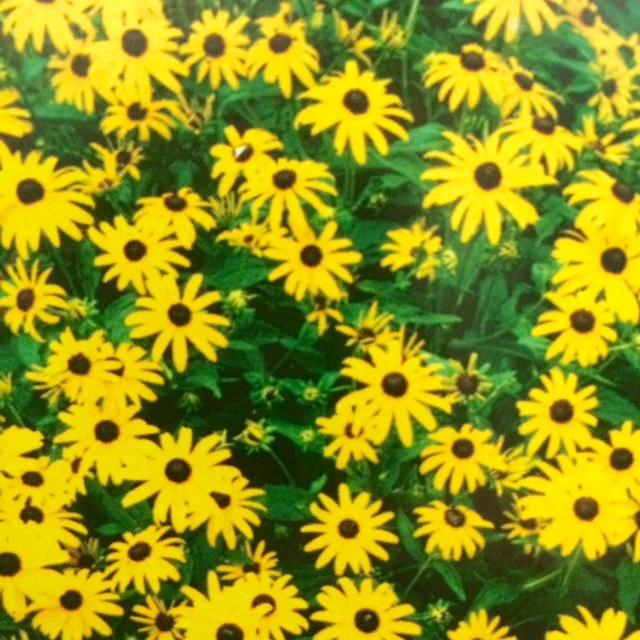by Mark Malarkey
I woke up last Saturday to find that during the night, a gust of wind had blown down part of the lattice. The wife said she’d call the fence people on Monday, though secretly I’d intended to fix the fence myself. The wife and the kiddies were going to visit her mother (great news), which meant she’d be gone for at least 7 hours. This would give me plenty of time to fix the fence without all that nagging and advice.
With the little lady out of the way, I inspected the damage–which seemed worse than I’d initially thought. Two of the posts were leaning and the wood of the lattice was badly splintered. Not to worry, I’d soon have this sucker ship-shape. I made a list of what I’d need:
Quick dry cement, spade, saw, industrial strength glue, hammer, and nails.
I assembled the tools–hammer, spade, saw…where’s the ^*%$ing saw? I searched through the garage (what are we doing with all this STUFF?) but found only a missing chisel under a pile of National Geographic magazine (1978). I eventually found the saw under a pine tree where someone had left it; it was rusty and unusable.
I immediately jumped into my car and in my hurry, backed into the *^#%ing mailbox. I left the debris on the sidewalk, sped to Sam’s Surplus Tools/Body Piercing Parlor, and bought quick-dry cement and a new saw.
Back at the house, I dug around the fence posts, mixed the cement in an old salad bowl I found in the kitchen, then poured the cement into the holes. The posts still seemed to lean slightly, but not to worry, they’d probably settle. I used the saw to saw one of the badly splintered lattice; the rest were easy to stick together with glue and duct tape. I fixed the missing part of the two lattices with pieces of wood I found in the garage.
One panel looked a bit crooked, but was easily fixed with more duct tape. That’s when a large splinter pierced the palm of my hand…
When I got back from the emergency room, the little woman had returned–and surprise, surprise, her mother (that sour-faced bag) was with her. They were inspecting the fence, I could see that they were impressed with the work I’d done. The wife was holding the salad bowl; I suddenly remembered it had been a wedding gift from her Autie Irma.
It was obvious I’d saved a bundle by fixing the fence myself. So I can only say to all of you do-it-yourselfers: go for it, you’ll save a lot of money!

Repaired Lattice Fence
































